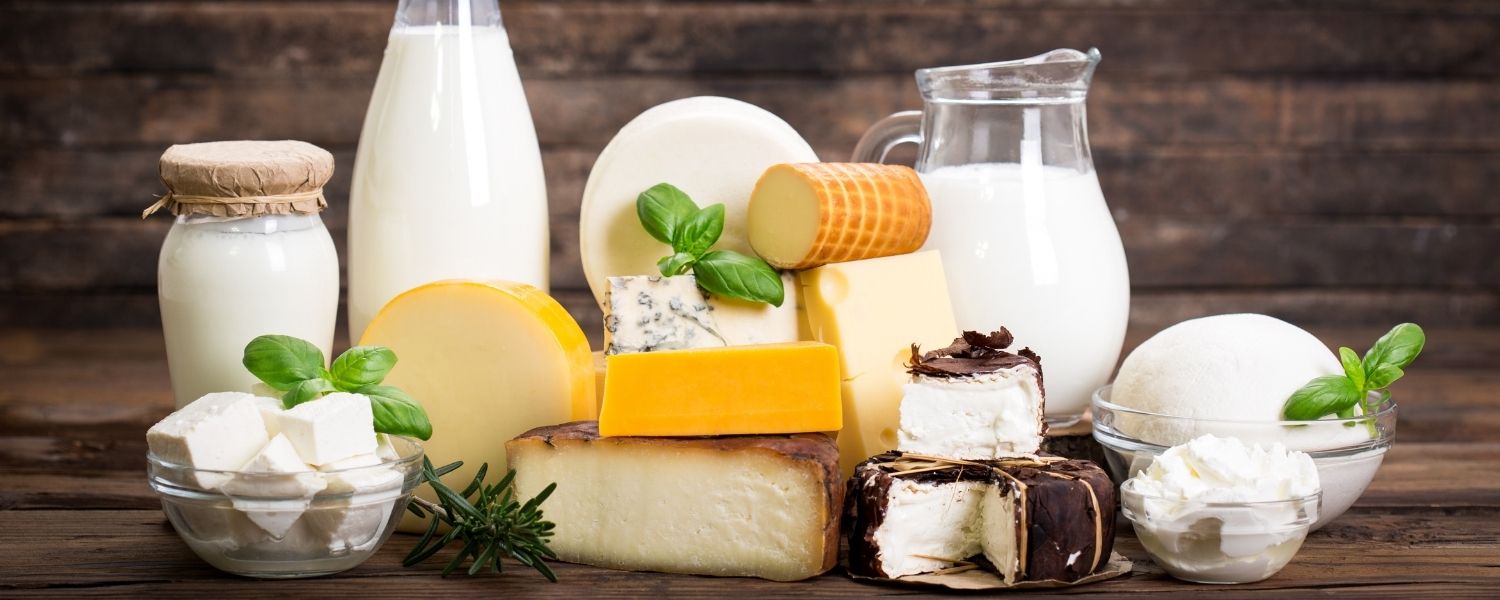The multiple challenges of a “legend-dairy” sector
From cream cheese to yogurt to powdered products, the Dairy world is broad, deeply embedded in our culture, and technologically challenging.
As human beings have been consuming dairy products for more than six thousand years, this industry can claim to be one of the oldest in consumer goods. At the same time, it is one of the most complex. The production, packaging, storing, and selling processes of dairy products bring up several challenges that have intensified over the years, partly as a result of increasing product differentiation. Dairy products are, in fact, diverse: they range from simple milk - itself marketed in a plethora of different flavors and types (whole milk, long-life, flavored, etc. ) - to yogurts, via cheeses, cream cheese, condensed milk, baby food and many more.
A global and growing industry
Dairy products are part of human tradition and are therefore consumed around the world. For this reason, the industry is quite rich, with an estimated market value for the current year of around $940 billion and a growth rate expected to take over $1,200 billion within five years. The most popular product is milk, with India being the leading country in terms of cattle breeding, in the context of a world production surpassing 544 million tons. The global export value of the entire Dairy industry stands at about $70 billion, with Germany topping the list of products importing countries.
What do consumers want?
Although the dairy world is so diverse, it is still possible to identify some macro-trends. The first, as in many other areas, is that of sustainability. Consumers demand products processed and packaged based on environment-friendly approaches, requiring, for example, the increasing use of recyclable packaging. The second aspect is nutrition, which has a strong correlation with wellness. Dairy products must have high nutritional levels (think of the baby food industry). This aspect is covered by the high protein content typical of milk. On the other hand, they must contribute to a healthy lifestyle, contrasting problems of malnutrition or obesity common to so many markets. Therefore, "clean label" products, which contain no additives, artificial preservatives, or chemical agents, are increasingly in demand.
The pouch: the ideal solution for dairy products
All this translates into various technological challenges for the different players in the supply chain, particularly for packaging solutions manufacturers. Increasingly, they are required to design machines that comply with high hygiene standards. At the same time, market trends, with the rise of single men and women and an increasingly fast-moving lifestyle, are seeing exponential growth in the demand for single-serving formats that can be consumed on the go, avoid product waste, and perhaps even be resealable. The pouch is the most suitable type of packaging for this market as it allows a complete airtightness of the package combined with a long shelf life. It can also be produced in different sizes and types and made from low-impact materials, including 100% recyclable plastics. And last but not least, it is practical and pleasant to use.
Each product requires the right pouch (and cap)
Volpak boasts a long-standing experience in the pouch packaging of dairy products. Our portfolio of machines allows for the packaging of liquid products, such as milk itself, semi-liquids, such as desserts or cream cheese, and solids, such as milk powder, which is typically packaged inside "flat pouches." The flexibility of our systems allows us to make both large-capacity pouches and single-dose pouches. Equal flexibility is offered regarding package closure systems, a key feature for ensuring both airtightness and ease of use of the product. The products Volpak can accommodate range from children's yogurts, which require a "top or corner cap" capping system equipped with an anti-choke system, to cream cheese, which can be packaged in the "stand up pouch" format, with the bottom cap system doubling as a stand-up base.
High-end technologies for hygiene and extended shelf life
We design our machines to ensure the highest level of hygiene. For example, they can be entirely made from stainless steel, have self-draining surfaces, HEPA filters, and pose no risk of contamination with the upstream side of the packaging line. We are also able to extend product shelf life through a combination of technologies such as ultraviolet rays or hydrogen. If the need arises, it is also possible to upgrade the level of machine hygiene even further, going so far as to work in an ultra-clean, sterile, and aseptic environment. The development of such technologies is also made possible by PouchLab, an R&D Excellence Center that supports our customers and stakeholders in developing sustainable pouch solutions, combining knowledge and experience of machines and materials.
Easy solutions for a complex world
Smart technology to control production processes should be advanced and easy to use. This principle guided the Coesia Group in developing its digital tools: Optimate and Performate.
Optimate is an HMI for the intuitive management of machines, which serves as a single interface for accessing detailed production data and several digital services, such as remote assistance for diagnostics and troubleshooting (Advanced Remote Assistance). PerforMate is an integrated platform that monitors the machine and production line in real-time using a user-friendly interface that can be customized according to each customer’s needs. It can also be accessed anytime and from anywhere. PerforMate includes functions such as real-time production monitoring and bottleneck analysis, which makes it a powerful tool for managing the entire production line while ensuring data security.
Do you want to know more about our digital services?
